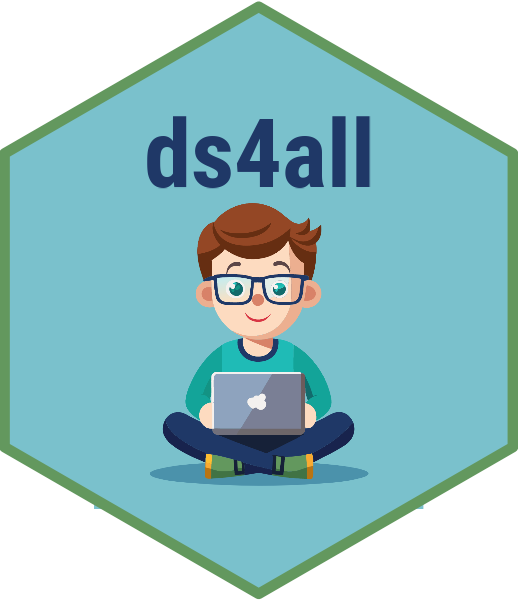Project Assignment 1
Research Question and Data Sources
Overview
For this project you will work in groups to use data to answer a question using datasets we have explored in class. This is your chance to apply the skills you are developing to guide decision-making in a real-world context using familiar data sources but exploring new variables and relationships.
Crucially, your data analysis should be question-driven. You will identify the most appropriate variables and analysis to answer your question using data we have already worked with, combined with additional datasets as needed. Since this is a summer course with limited time, you will focus on creating a compelling RevealJS presentation rather than a written report.
Key Requirements:
- Use at least one dataset we have used in class (V-Dem, World Bank, peacesciencer).
- Merge at least one additional dataset to the first dataset (can be class datasets or include new national-level data). Some options for additional datasets can be found here.
- Choose different variables than what we have already analyzed in class.
- Final deliverable will be a RevealJS presentation only (more info on RevealJS presentations will be provided later).
Groups
You will be randomly assigned to groups of 3-4 students. You will work with this group for the duration of the project.
Topics
You should select from the following list of topics, which are designed to work with our class datasets. After choosing your topic, delete the other non-chosen topics and discuss briefly why you chose it.
Democratic Resilience and Economic Performance: Using V-Dem and World Bank data, examine which aspects of democratic governance (e.g., civil liberties, electoral integrity, judicial independence) are most strongly associated with economic stability and growth. What democratic features should policymakers prioritize to promote sustainable economic development?
Conflict Prevention and Development: Using peacesciencer and World Bank data, analyze what economic and development factors (e.g., education spending, inequality, natural resource wealth) are most effective at preventing the onset of interstate or civil conflicts. What development strategies offer the best conflict prevention benefits?
Trade Integration and Democratic Governance: Using World Bank trade data and V-Dem, investigate how different forms of trade integration (exports, imports, trade complexity) relate to democratic quality and institutional strength. Should developing democracies prioritize certain types of trade relationships?
Gender Equality and National Development: Using V-Dem gender equality indices and World Bank development indicators, examine which aspects of gender equality (political participation, civil society representation, etc.) have the strongest relationship with broader development outcomes like health, education, or economic growth.
Environmental Governance and Climate Resilience: Using World Bank environmental data and V-Dem governance indicators, analyze which governance factors (transparency, accountability, civil society space) are most important for effective climate adaptation and environmental protection policies.
Institutional Quality and Foreign Investment: Using V-Dem institutional measures and World Bank economic data, determine which specific institutional features (rule of law, corruption control, regulatory quality) are most crucial for attracting and maintaining foreign direct investment.
Why we chose this topic:
Hypotheses
Before gathering any data, or even looking at any data, you should write down your hypotheses. These are the assumptions you are making about the world that you will test with your data. What do you expect to find and how do you expect the variables to be related? Write these down in a list here.
- H1:
- H2:
- H3:
- etc.
Data Sources and Merging Plan
Now identify your specific data sources and plan how you will merge them. Remember: you must use at least one dataset from our class (V-Dem, World Bank, peacesciencer) and merge at least one additional dataset to it.
Required Class Dataset
Primary Dataset (from class): - Dataset name: - Specific variables you plan to use (different from what we’ve analyzed): - Time period: - Geographic scope:
Additional Dataset(s) for Merging
Second Dataset: - Dataset name: - Source: - Variables to be used: - How it will merge with primary dataset (common identifier - usually country-year):
Optional Third Dataset: - Dataset name: - Source: - Variables to be used: - Merging plan:
Merging Strategy
Briefly describe how you will combine these datasets: - What will be your unit of analysis (country-year, country, etc.)? - What is the common identifier for merging? - What time period will your final merged dataset cover? - How will you handle missing data or different time coverage across datasets?
Available Data Sources
In addition to our class datasets (V-Dem, World Bank, peacesciencer), you can use any of the national-level datasets listed on the course website, including:
- Freedom House
- Polity IV
- Quality of Government
- OECD data
- UN data
- Regional development banks
- National statistical offices
Submission
Please export this document and submit it via Blackboard by the due date. Each student should submit a separate file so that we have something in Blackboard to grade.
